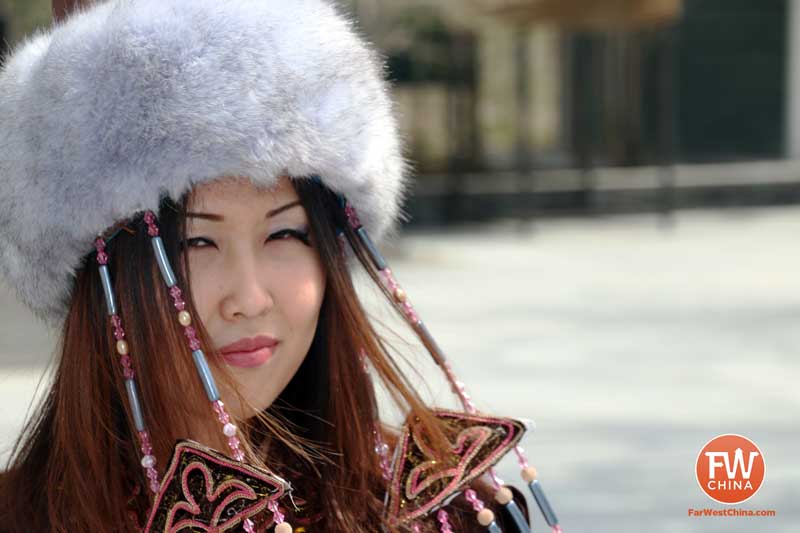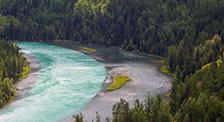Travel Tips for Tashkorgan (Xinjiang, China) and the Tajik People
After an extremely bumpy 8-hour trip from Kashgar along the Karakoram Highway, our team arrived in the beautiful Tajik town of Tashkorgan.
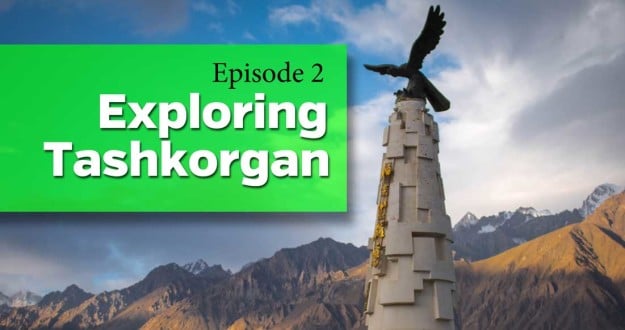
The city goes by a number of different spellings, including “Tashkurgan” and “Taxkurgan,” but regardless of how you decide to write it, one things remains the same:
Tashkorgan is one of the most visually spectacular and culturally rich cities to visit in China.
We needed a couple days to acclimate to the higher altitude before tackling any major cycling journeys, which meant I had plenty of time to wander the city streets, meet some locals, and take some fun photos.
Check out the video below for a short introduction and give it a thumbs-up if you enjoy!
Don’t miss the rest of this season! Subscribe to FarWestChina on YouTube.
Exploring Tashkorgan
While Tashkorgan county is quite large, the town of Tashkorgan feels surprisingly small – and that’s a good thing in my opinion.
The main streets are guarded by tall trees on either side, sloping slightly downward toward the grasslands to the east. In the center of town a monument stands to the symbol of the region: an eagle.
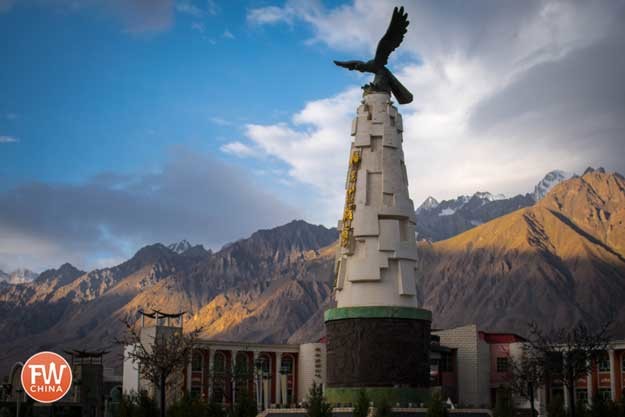
The eagle, which is a symbol of strength and beauty to the locals, was at one time used for hunting. Although this doesn’t occur as much anymore, the culture still reflects the importance of the eagle through the special Tajik eagle dance and their eagle flute.
Near the eagle monument is the Tashkorgan Museum, a small but fun place to spend a few minutes soaking in the history of this region and culture.
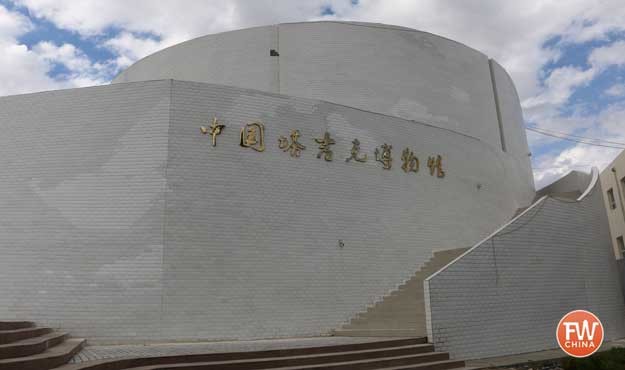
I could spend hours just walking the streets and alleyways of Tashkorgan, but for most travelers there are two must-see destinations: the Stone Fort (石头城) and the Alar Golden Grasslands (阿拉尔金草滩).
Since the Stone Fort overlooks the grasslands, it’s possible to experience both in a single trip.
According to a sign at the Stone Fort, the ruins here are more than 2,200 years old, and some historians believe this is the fort described by Ptolemy in his travel accounts. Getting in to walk around costs 30 RMB/person, but based on my experience – and that of other travelers I know – the ruins aren’t that impressive up close.
The view of the fort from the grasslands, however, can be spectacular.
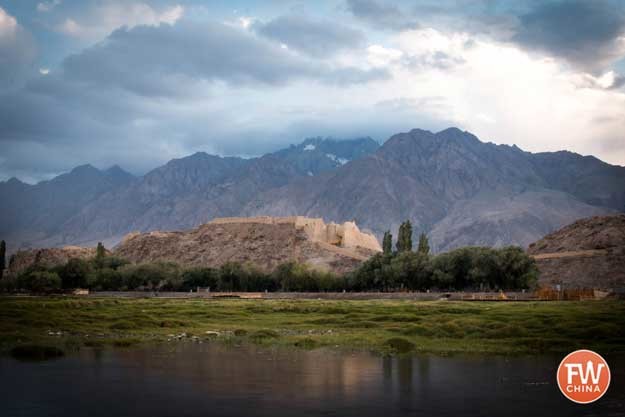
Best of all, this view is absolutely free! Over the past couple of years a new boardwalk has been added to the grasslands which from a bird’s eye view is shaped like an eagle. This is an addition that many tourist find annoying.
I am indifferent, considering the size of the grasslands. If you’re willing to hike around and get your feet wet, you could spend hours exploring this beautiful part of Tashkorgan.
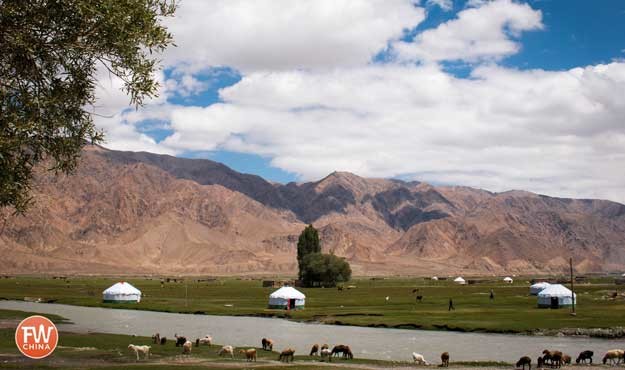
The grasslands as seen from the ground…
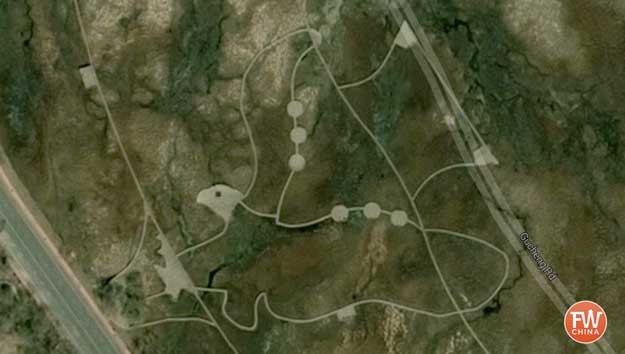
…and the boardwalk shaped like an eagle (as seen from space).
The views from the Alar Grasslands are incredible no matter which direction you’re facing, but the best experience comes when you interact with the Tajik who live here.
Who are the Tajik of Tashkorgan?
In addition to the beautiful scenery in Tashkorgan, the people there are what really make the town special.
Their facial features are easily distinguished from the Han Chinese and Uyghur who live in Tashkorgan. What captured my attention most was their western features and striking eyes, many of which boast a vivid coloration not normally seen in China.
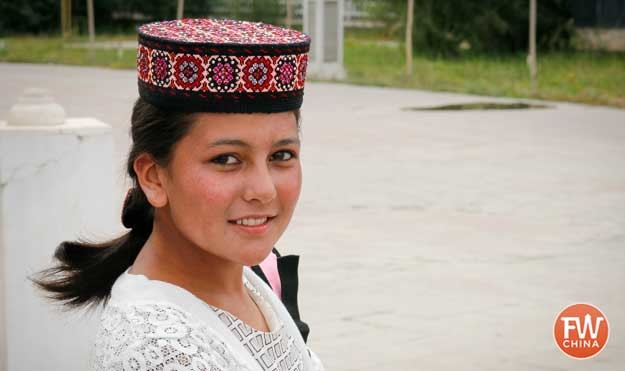
The official designation for this ethnicity in China is “Tajik,” but interestingly they have their own Sarikol language not spoken in Tajikistan. In fact, the Sarikol language doesn’t yet have a written form, making it a difficult language to learn for foreigners.
I’ve been told that a more precise designation for these people are the “Mountain Tajik,” and based on my experience they are some of the most friendly people you’ll meet in all of China!
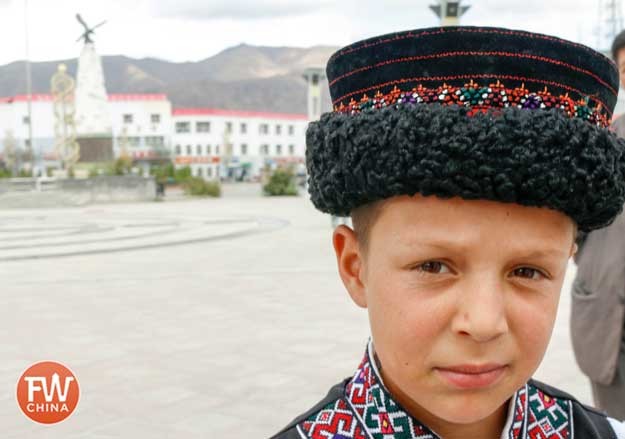
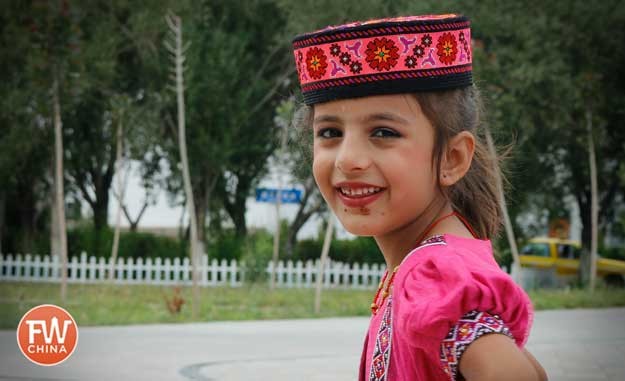
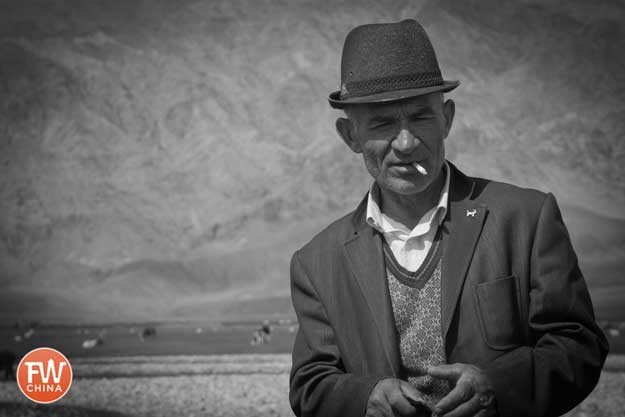
Regional Sensitivity & Restrictions
Getting to and staying in Tashkorgan wasn’t nearly as difficult as I initially thought. There are no special permits required to visit, although you’ll be required to register at one of the many hotels or hostels.
Unlike that of other cities in Xinjiang, the police presence in Tashkorgan was minimal. The only exception to this is the road leading south toward the Pakistan border.
Traveling this road requires either a Pakistan visa or special permit which you can apply for through a travel agency in Kashgar.
Heading north on the road, however, was extremely easy. The only major security checkpoint is down the road from Karakul Lake, quite a distance from Tashkorgan.
How to Travel to Tashkorgan
And now for the details. I’ll try to share with you the most important information, but if there’s anything missing here please let me know in the comments. If you’ll be traveling here I also recommend you grab a copy of the FarWestChina Xinjiang travel guide, which covers not only this area, but the entire region of Xinjiang.
- Transportation to/from Tashkorgan: There are two primary ways to get to/from Tashkorgan: by public bus or by hired taxi. The bus runs between the Tashkorgan bus station on Tashkorgan Lu and Kashgar’s new international bus station south of town.
- Lodging in Tashkorgan: To my disappointment, it seems that staying in a yurt on the Tashkorgan grasslands isn’t possible, although I wouldn’t be surprised if a persistent traveler is able to find a way. Instead, there is the excellent K2 Youth Hostel in the north of town and the nicer (but more expensive) Crown Inn.
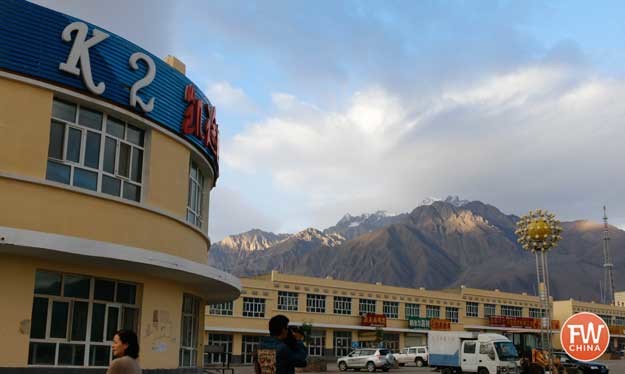
- Eating in Tashkorgan: There are a number of hole-in-the wall restaurants that serve Uyghur and Chinese food. If you’re looking for traditional Tajik food – and I highly recommend doing that – it’s best to arrange a meal in a yurt down on the grasslands. Ask at your hotel or at a travel agency in Kashgar to help get this set up.
- What to do in Tashkorgan: I recommend visiting the Tashkorgan Museum (free), spending time on the Alar Grasslands (free) and possibly exploring the Stone Fort (30RMB/person). If you have a chance, you should also try to experience a Tajik wedding or the incredible game of Buzkashi on horseback/yak. This can’t be arranged ahead of time, so you’ll have to ask around when you arrive.

